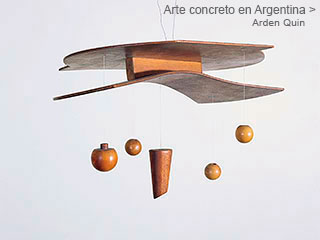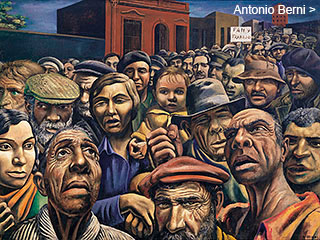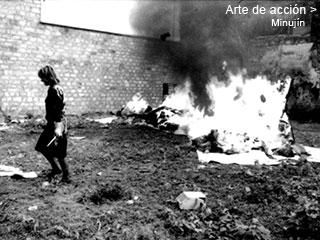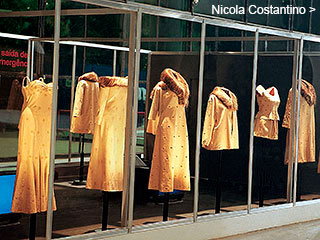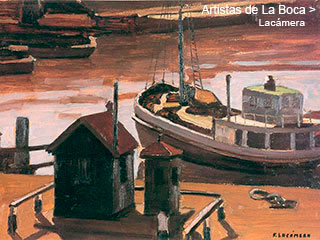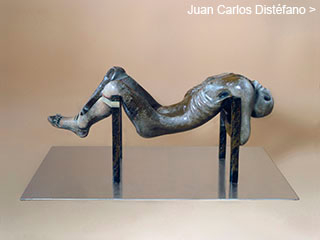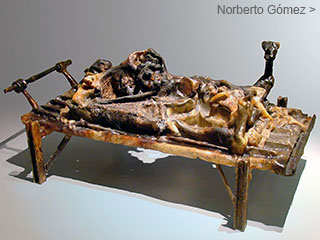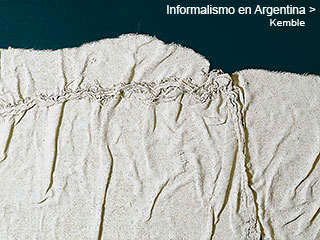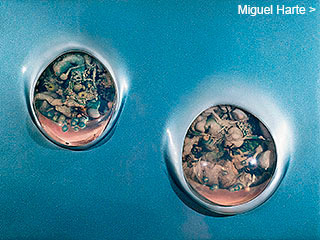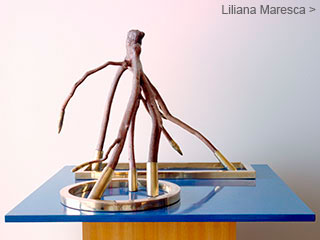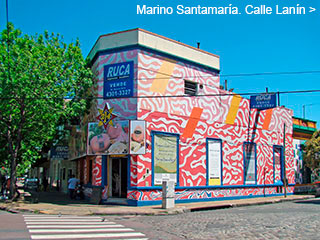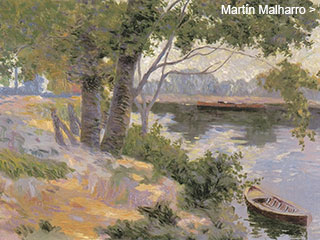Menú
Algunos dossiers
La Boca
Artists
Artists
by
Florencia Battiti and Cintia Mezza
August 2006
August 2006
We are about to venture into the fascinating world of the famed La Boca artists. This dossier reviews the gravitations of the modernization process of Argentine art throughout the last one hundred years, and the role that its growing cultural institutions played along the way. This investigative work has been authored by Florencia Battiti, and assisted by Cintia Mezza.
1914
The Artistas del Pueblo (Artists of the Town) is formed, representing the people’s art in Argentina. Their members José Arato, Abraham Vigo, Agustín Riganelli, Adolfo Bellocq, Guillermo Facio Hebequer and Santiago Palazzo, use engraving as their most common means of expression and publish their work in cultural institutions created by socialist and anarchist immigrants.
On September 25, 1908, the government authorizes Ferrocarril del Sur, through a decree, to build an iron bridge to serve as a pedestrian and automobile means of connecting Capital with the rest of the province. The bridge is inaugurated on May 30, 1904, under the name of Puente Nicolás Avellaneda.
In order to question the authority of the Salón Nacional, the Salón de Recusados (Show-room for non winners) is inaugurated at the Cooperativa Artística (Artistic Cooperative), a shop which sold drawing utensils and made frames. This initiative was started by Riganelli, Vigo and Palazzo (nucleated then under the “Escuela de Barracas”), where artists who were
more


